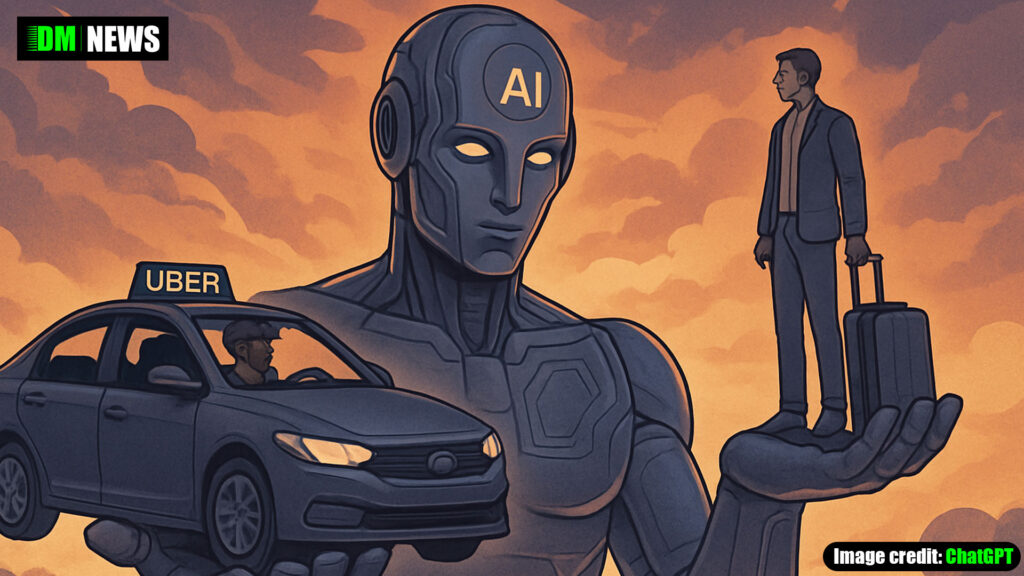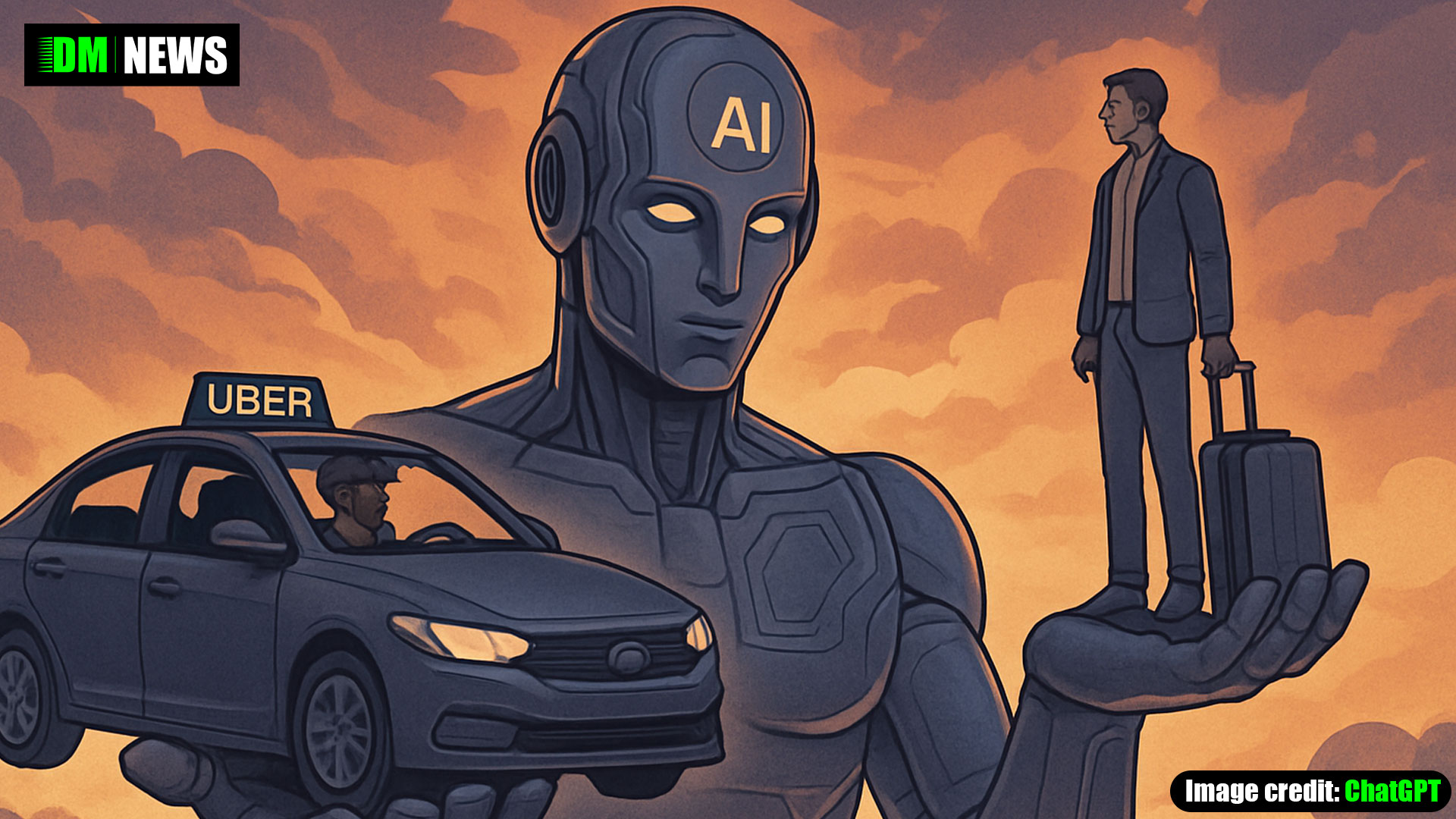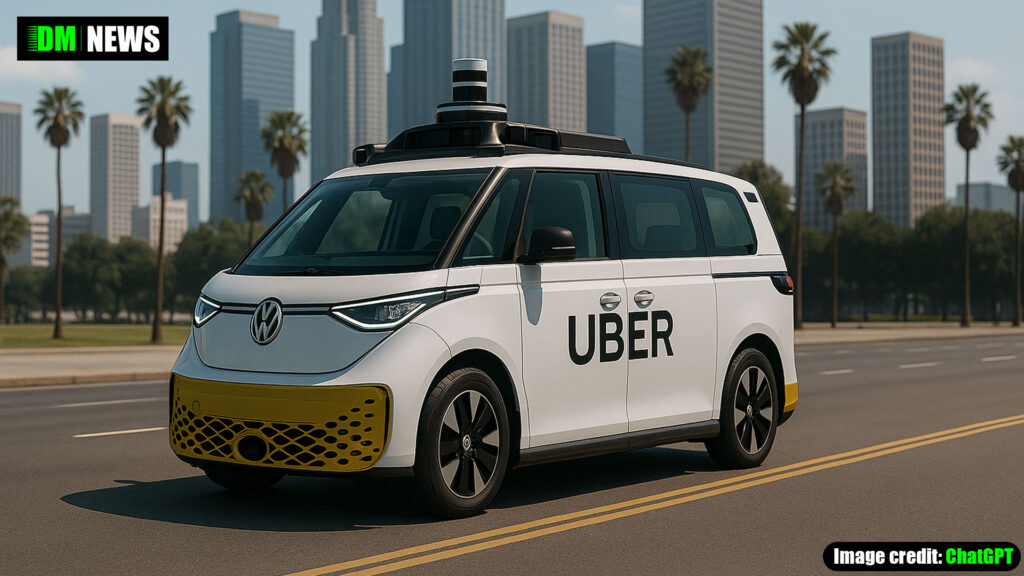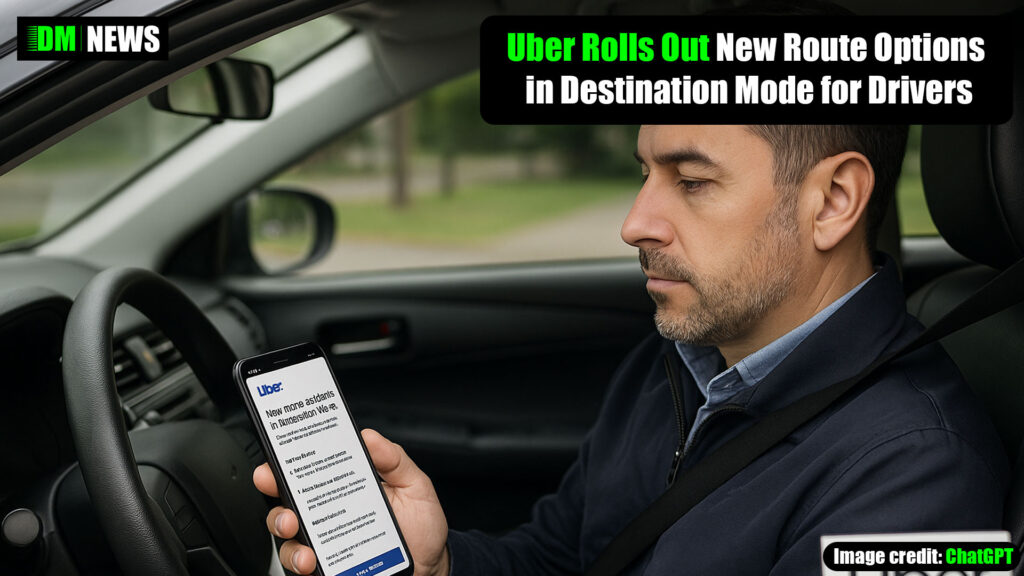Uber has officially confirmed what many in the private hire and taxi industry have long suspected — artificial intelligence (AI) is now at the heart of how rides are allocated to drivers on the platform.

A detailed case study published by DigitalDefynd has revealed the full extent of Uber’s AI-driven systems, with ride matching, pricing, route planning, fraud detection, and even vehicle maintenance now guided by complex machine learning models. The study outlines the technologies used, providing a rare look behind the scenes of the ride-hailing giant’s operations.
🤖 AI Now Controls Job Allocation
At the centre of Uber’s AI infrastructure is a highly advanced ride matching and dispatching system. The system continuously scans real-time data — including GPS locations, traffic conditions, rider preferences, and driver availability — to automatically decide which driver gets each job. According to the case study, Uber’s AI analyses multiple ride scenarios within seconds to determine the most efficient match based on proximity, predicted arrival times, and more.
In other words, AI—not a human—decides which driver gets which trip. That decision process is fully automated and evolves constantly through a feedback loop that learns from every ride completed.
📈 Uber’s AI-Driven Ecosystem: 5 Key Pillars
Here’s how Uber is using AI across its operations:
- Ride Matching and Allocation
AI chooses which drivers receive ride requests based on real-time analysis of availability, traffic, and location — drastically reducing passenger wait times and driver idle time. - Dynamic Pricing (Surge Pricing)
Uber’s AI adjusts fare prices in real-time during high-demand periods, weather changes, or events. This not only incentivises more drivers to come online but also balances rider demand with available supply. - Route Optimisation
AI calculates the fastest and most fuel-efficient routes using historical and live traffic data. This improves ride times, driver earnings, and customer satisfaction. - Fraud Detection
Machine learning models monitor rider and driver behaviours to flag suspicious activity, such as fake accounts, GPS spoofing, and payment anomalies. - Predictive Vehicle Maintenance
Uber is now using AI to predict when a vehicle might break down, by analysing data from vehicle sensors. This reduces unexpected downtime and improves vehicle safety.
🎯 What This Means for Drivers
For drivers, this confirms what many have suspected: the Uber algorithm is not just a black box — it’s an evolving AI brain that controls how, when, and where work is distributed. The old days of first-come, first-served job offers are over. Your vehicle’s location, your acceptance rate, historical driving patterns, and even customer feedback can influence whether or not you receive high-quality fares.
This shift also means that every interaction on the platform feeds back into the AI, shaping future dispatch decisions — and potentially rewarding drivers who align more closely with Uber’s algorithmic expectations.
🔍 Industry Implications
As Uber doubles down on AI, it’s likely other private hire operators and dispatch platforms will follow suit. This signals a broader shift across the transport sector, where data-driven automation is increasingly replacing traditional methods of workforce management.
For traditional taxi firms, this may be the time to explore intelligent dispatch systems, predictive analytics, and AI-enhanced customer service to stay competitive.
Source: Team DigitalDefynd
Thanks for visiting DM News! If you’ve got a question, story, or anything you’d like to say, head over to DriverMatty.com — I’d love to hear from you! And while you’re there, don’t forget to check out my other websites and social media channels.




